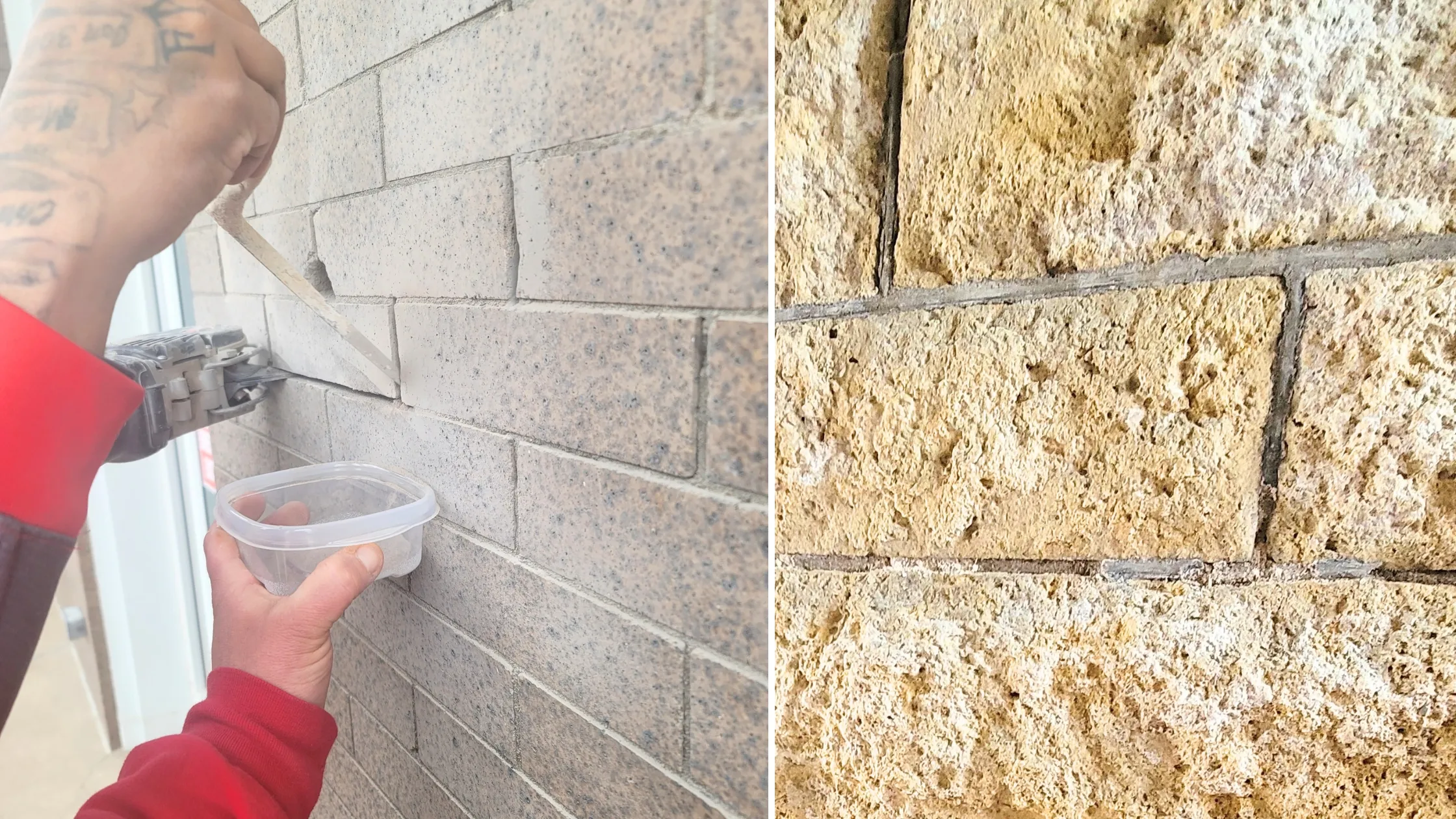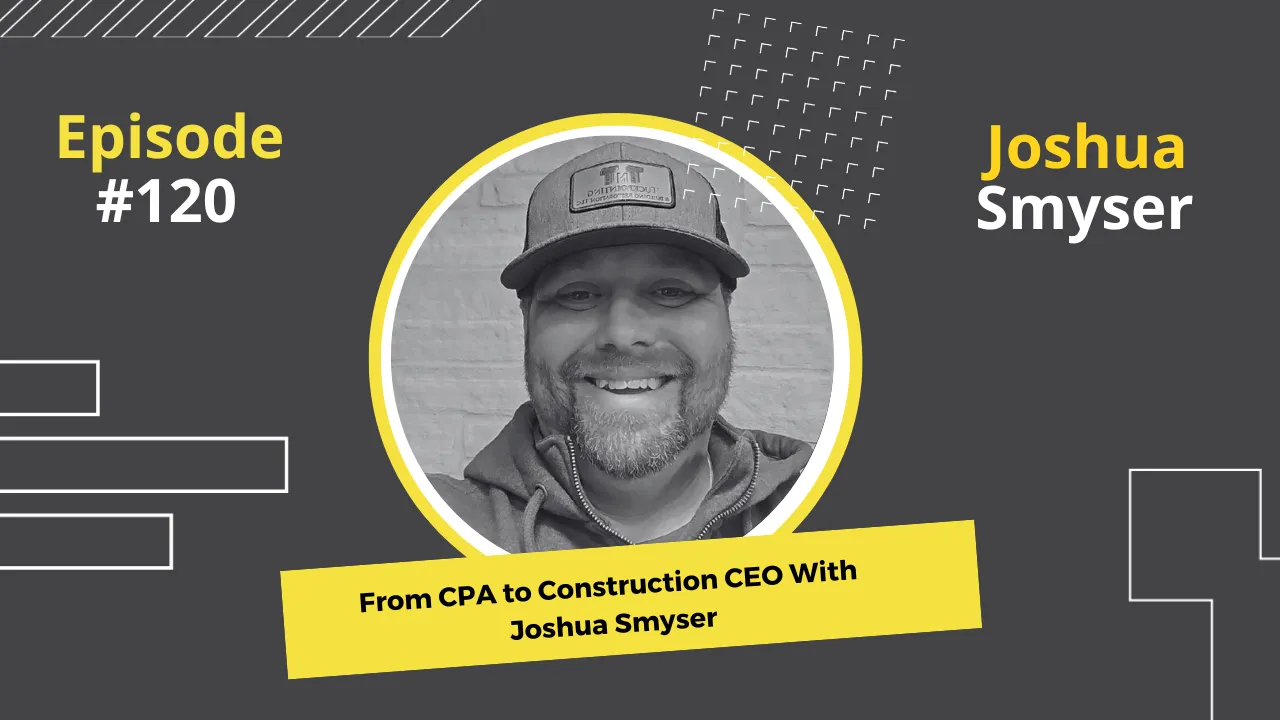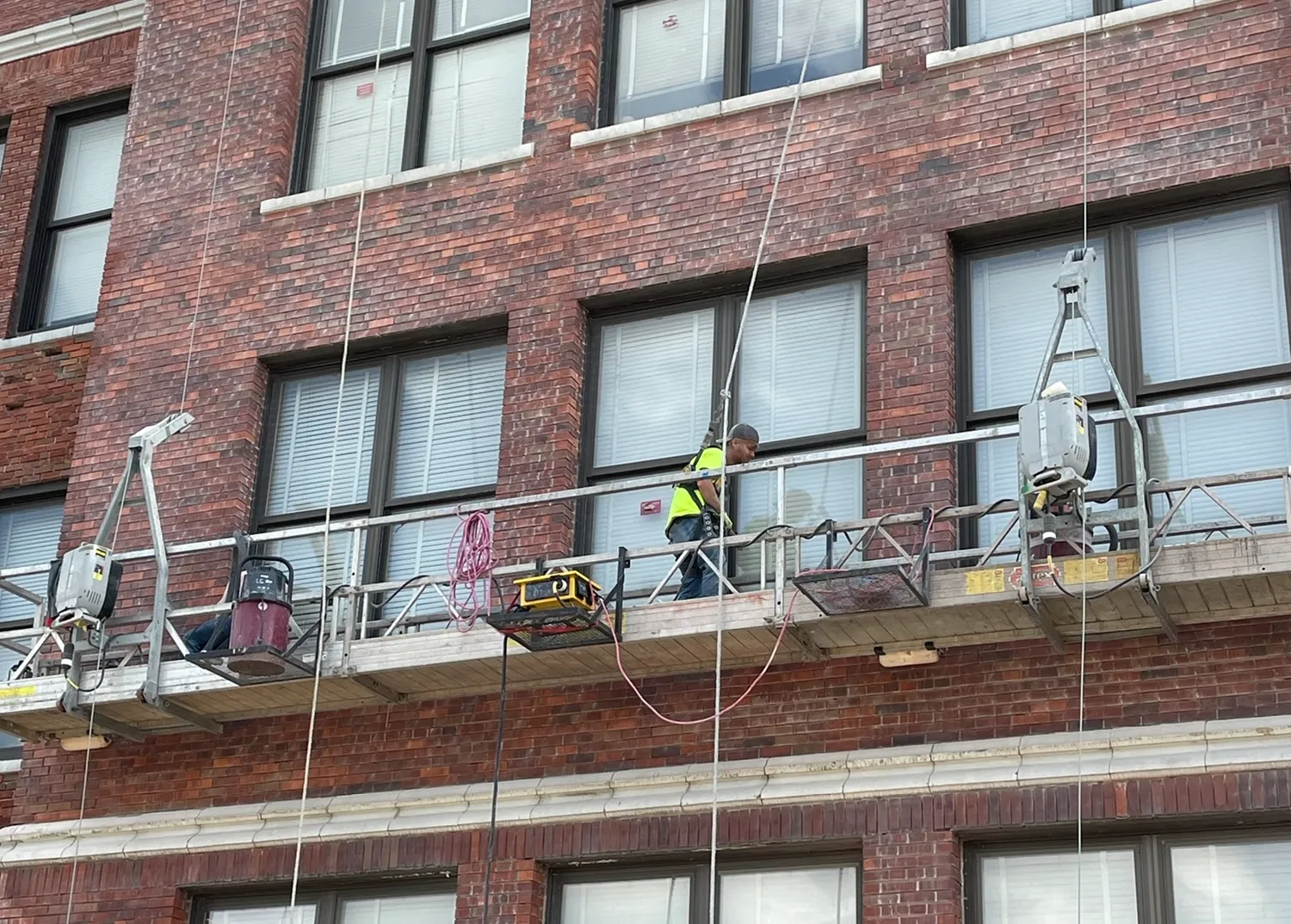Why Lime Mortar and Joint Style Matter More Than You Think

The Hidden Hero of Historic Masonry
When people think about historic preservation, they often focus on grand architectural features: arched windows, ornate cornices, or beautiful brickwork. But beneath it all lies a quiet hero—mortar. Specifically, lime mortar, a humble, breathable, and flexible material that has been protecting our historic buildings for centuries.
What Is Mortar, Really?
Mortar is the glue between bricks or stones. But in historic structures, especially those built before the early 1900s, it was not the kind of glue we use today. Most old buildings used lime-based mortar, not modern Portland cement.
This distinction matters. Here's why.
The Problem with Modern Mortar
Using modern mortar, which is typically cement-heavy, in a historic structure is like putting plastic braces on antique china. It is too strong, too rigid, and it does not allow the building to breathe.
- When Portland cement is used in place of lime mortar:
- Moisture gets trapped in the wall
- Bricks begin to crack and flake (a process known as spalling)
- The mortar outlasts the brick, reversing the way the wall was designed
- Repair costs increase significantly
In short, improper mortar can destroy the very thing you are trying to preserve.
What Makes Lime Mortar Different?
Lime mortar, especially Natural Hydraulic Lime (NHL), is:
- Flexible, allowing movement with the building as it shifts and settles
- Breathable, letting moisture escape instead of trapping it
- Softer than brick, so the mortar fails before the masonry does
- Self-healing, as small cracks can close over time due to carbonation
Lime mortar is not just historically accurate. It is functionally superior for old masonry.
The Role of Mortar Joints in Preservation
The shape and finish of the mortar joint, known as the "joint profile," also tells the story of the building and contributes to its protection.
Common historic joint styles include:
- Concave: Common in late 19th and early 20th century, resists water well
- Flush or Struck: Often seen in vernacular or utilitarian buildings
- V-Joint or Beaded Joint: More decorative, used in high-style or early structures
- Grapevine: Distinctive, hand-tooled finish used in 18th and early 19th-century masonry
Repointing a wall without matching the joint style and tooling is like rewriting a chapter of history in the wrong font. It does not look or function right.
It All Starts with Analysis
Before TNT begins any historic restoration, we collect and a mortar sample and send it to a testing lab for an acid digestion mortar analysis to determine:
- Original mortar composition and proportion (i.e. type N, type O, lime/sand)
- Aggregate size and type
We then take the report, match the local sands, add any pigments needed, and develop a mortar sample which is then installed in the actual wall.
This ensures our repair not only looks right but also performs properly over time.
Preserving Legacy, Not Just Looks
When we talk about preserving historic buildings, we are really preserving the wisdom of how they were built. Mortar may not be flashy, but it holds everything together—both structurally and historically.
If you own, manage, or work with a historic property, ask this question before starting masonry work:
"Will my mortar choice help this building last another 100 years, or hurt it?"
If you are not sure, we are here to help. From mortar analysis to precision repointing, TNT brings deep respect and technical excellence to every historic project.
Learn more or request a site visit, contact us or give us a call at (563) 785-0120.
Learn More and See What’s Going On
Contact Us
Our skilled team is here to bring your building to life. Contact us today to discuss your project!







